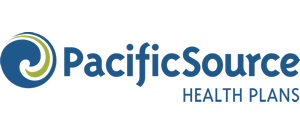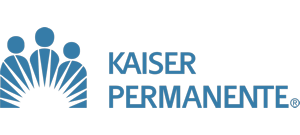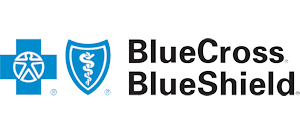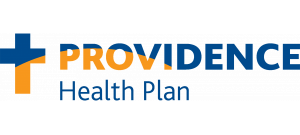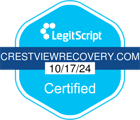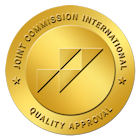Many people think drug abuse and addiction are recent problems in human history. However, most common substances today, such as opioids, meth, and cocaine, have been around for over a century. The history of drugs expands back almost as far as human history, so it’s no wonder that drug epidemics and addictions are difficult for us to eliminate.
Do you need to learn more about drug addiction rehab? Call us today at 866.262.0531.
The Opioid Epidemic
The history of opioids is almost as old as humanity itself. Opioids and opiates derive from the opium poppy plant. The first use of opium from this plant dates back to Mesopotamia around 3,400 B.C.E., making it one of the oldest drugs in existence. In the history of drugs, opioids and opiates probably have the most influence on human existence.
In the 1700s and 1800s, the world experienced two opium wars. The lucrative plant and its effects maintained its popularity for hundreds of years, even into the 21st century. With the development of heroin, morphine, and prescription painkillers, opioids became easy to acquire. Furthermore, during the over-prescription boom of the 1990s, opioids developed into an epidemic. In the history of drugs, opioids maintained their reputation as the most desirable and dangerous substance on the market.
From Coca to Cocaine
Similar to opioids, the first uses of cocaine date back thousands of years. Cocaine comes from the Coca plant, which is native to South America. Initially, people didn’t understand the dangers of cocaine. It was in recipes for wines, and the original recipe for Coca-Cola included Coca leaves. Furthermore, Americans in the 1980s believed that cocaine was a safe and enjoyable high that didn’t carry the same risks as heroin.
However, as crack cocaine spread throughout cities and many high-profile individuals began dying of cocaine overdoses, the American public finally realized its addictive potential and danger. Like many other substances along the history of drugs, what began as an unsuspecting substance quickly led to a deadly epidemic.
Meth and Stimulants
The history of drugs such as meth and other stimulants is complicated. Unlike heroin or cocaine, which have very few health benefits, stimulants are still a popular prescription today. A Japanese chemist, Nagai Nagayoshi, discovered a stimulant called ephedrine. This substance is the precursor for methamphetamine. Over time, meth’s production became streamlined, and it turned into a popular medication. During World War II, soldiers even used the substance to increase alertness.
In the 1980s, as the dangers of meth became apparent, the United States tightened regulations around the sale of ephedrine. However, meth labs could still use pseudoephedrine, which is a chemical found in cold medicines. Luckily, many countries also cracked down on the sale of those substances, leading to a significant decrease in meth use in the 21st century.
However, as meth abuse decreased, the abuse of other prescription stimulants increased. In the history of drugs, it’s common to see users move from one substance to another similar substance. Adderall and Ritalin are common prescription drugs used to treat ADHD and narcolepsy, but they also have similar properties to meth. Unfortunately, stimulant abuse is common among students and young adults, making it a growing problem for Americans.
The History of Drugs and Human Recovery
The history of drugs reveals how dangerous addictive substances are, but humans survived its terror nonetheless. Unlike individuals hundreds of years ago, or even decades ago, there’s hope for people struggling with addiction. In Portland, Oregon’s recent history, drug possession and use was decriminalized in effort to get residents treatment rather than give them jail time. Drug decriminalization can improve access to treatment if funding for drug and alcohol addiction treatment is available. For those who have addictions to drugs such as meth, cocaine, and heroin, there’s hope.
The Need For Addiction Treatment
Addiction treatment includes a range of services and approaches tailored to meet the individual needs of each person. It is designed to reduce or eliminate levels of substance use, help individuals learn how to manage their addiction, and assist them in developing healthier lifestyles and relationships. Treatment typically includes medication-assisted therapy, behavioral therapies, counseling, peer support programs, and life skills development. Treatment can be provided in a variety of settings, such as inpatient facilities, outpatient services, or residential programs. The goal of treatment is to help individuals get and stay sober and lead successful lives.
The focus of addiction treatment is on helping individuals learn how to cope with their cravings, recognize the triggers that can cause them to relapse, and develop strategies that will help them remain abstinent. Treatment may also involve helping individuals find ways to deal with stress, anxiety, depression, or other mental health issues that can lead to substance use. Additionally, treatment helps individuals address underlying factors that increase their risk of addiction, such as childhood trauma or family conflicts.
Get Help Today
Crestview Recovery Center is an addiction treatment and dual diagnosis facility that offers comprehensive services, such as:
- Meth addiction treatment program
- Heroin addiction treatment program
- Cocaine addiction treatment program
To begin your recovery journey, contact Crestview Recovery Center today at 866.262.0531. Our team is ready to help you make drug addiction a thing of your past, so call now.















